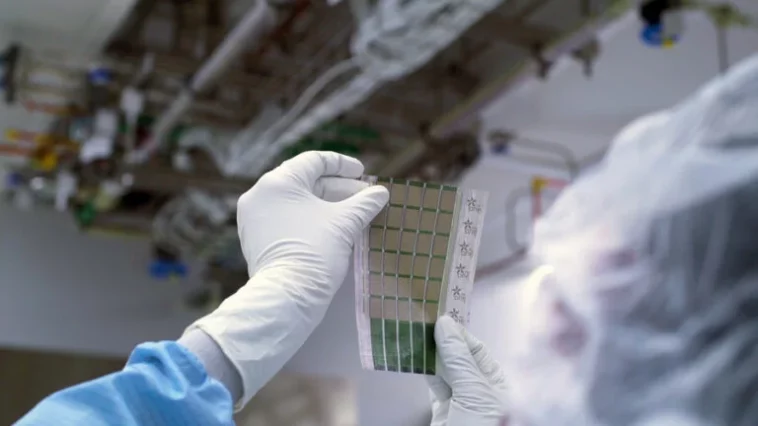MIT engineers have developed powerful solar technology that can go beyond your roof.
The newly developed solar cells can adhere to many different surfaces, from the sails of a boat to the wings of a drone, and even the clothes on your back, providing power on the go. The new technology surpasses conventional solar panels in both size and ability, with 18 times more power per kilogram at one-hundredth the weight.
Research on this new material was presented Friday in an MIT press release. Vladimir Bulović, the leader of MIT’s Organic and Nanostructured Electronics Laboratory (ONE Lab) and senior author of a new paper describing the work, said in a statement that the technology is a response to a need for carbon-free sources of energy.
“The metrics used to evaluate a new solar cell technology are typically limited to their power conversion efficiency and their cost in dollars-per-watt. Just as important is integrability — the ease with which the new technology can be adapted. The lightweight solar fabrics enable integrability, providing impetus for the current work,” Bulović said.
The lightweight technology packs a powerful punch for homeowners. Mayuran Saravanapavanantham, a co-lead author on the paper, told MIT that to produce 8,000 watts of power, the amount of a typical rooftop solar installation in Massachusetts, the new panels would only add about 44 pounds — total — to the roof of a house. For reference, the average weight of one solar panel is around 40 pounds.
Not only is the technology revolutionary, but its manufacturing process is, too — the paper-thin cells are entirely printable using ink-based materials. They are then attached to a light yet powerful fabric called Dyneema.
“While it might appear simpler to just print the solar cells directly on the fabric, this would limit the selection of possible fabrics or other receiving surfaces to the ones that are chemically and thermally compatible with all the processing steps needed to make the devices. Our approach decouples the solar cell manufacturing from its final integration,” Saravanapavanantham explained.
But the technology won’t be installed on your roof — or sewn into your clothes — just yet. The team is still searching for the right material to encase the product that will both keep it safe from the elements and remain ultrathin.
“We are working to remove as much of the non-solar-active material as possible while still retaining the form factor and performance of these ultralight and flexible solar structures,” Jeremiah Mwaura, another co-author of the paper, explained to MIT.
Once the right material is found, this solar fabric has the capability to add innovative and environmentally friendly power to everyday life.




GIPHY App Key not set. Please check settings